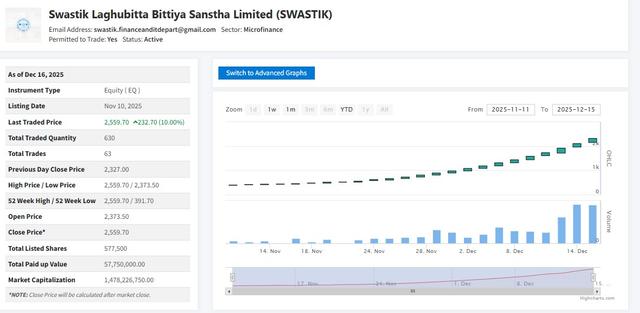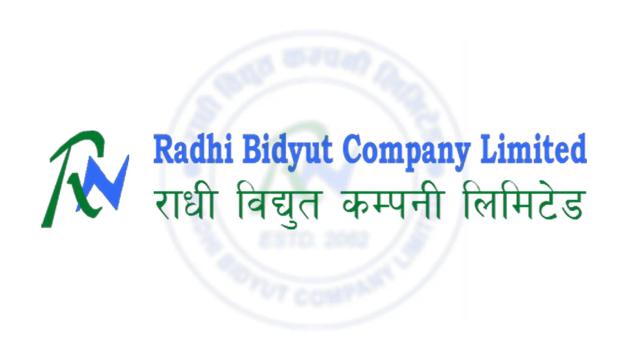T-Bill Rates in Nepal Indicate Tightening Followed by Stabilization in Recent Years
Author
Nepsetrading

Nepal's treasury bill (T-bill) interest rates have undergone significant fluctuations over the past six fiscal years, reflecting broader monetary policy shifts and liquidity trends in the financial sector. The data shows a sharp increase in short-term interest rates from FY 2019/20 to FY 2021/22, followed by a steady decline and relative stabilization in recent periods.
In FY 2019/20, the 91-day T-bill rate was merely 1.27%, while the 364-day T-bill stood at 2.26%. These low rates indicated a surplus liquidity situation and a relatively dovish monetary stance by Nepal Rastra Bank (NRB). However, by FY 2021/22, both rates had surged dramatically—91-day T-bills peaked at 10.66%, and 364-day T-bills at 10.19%. This sharp rise points toward tightening measures adopted by NRB to contain inflation and control excess money supply, possibly due to rising import bills and a growing trade deficit at that time.
In the subsequent fiscal year 2022/23, the central bank appeared to adopt a slightly relaxed approach. The 91-day and 364-day rates dropped to 6.35% and 7.00%, respectively. This moderate decrease was likely an effort to support economic recovery post-COVID and ease the credit environment for businesses and consumers.
The easing trend continued into FY 2023/24, where annual figures fell to 3.00% for 91-day T-bills and 3.19% for 364-day T-bills. Mid-April updates for the same year showed little to no change, with the 91-day rate holding at 3.00% and the 364-day rate slightly up at 3.29%. These figures suggest that NRB was maintaining a neutral stance, ensuring credit availability while preventing excessive liquidity.
By mid-April of FY 2024/25, the 91-day T-bill rate edged slightly higher to 3.06%, while the 364-day rate decreased to 3.03%. This subtle divergence could indicate growing short-term liquidity demands or NRB’s caution against inflationary risks despite an overall stable macroeconomic outlook.
Overall, the trajectory of T-bill rates underscores Nepal’s journey through a tightening cycle and toward a phase of interest rate normalization. The gradual decline and stabilization in T-bill rates may also reflect improved balance of payments, foreign reserve buildup, and NRB’s careful calibration of monetary tools to strike a balance between growth and inflation.



